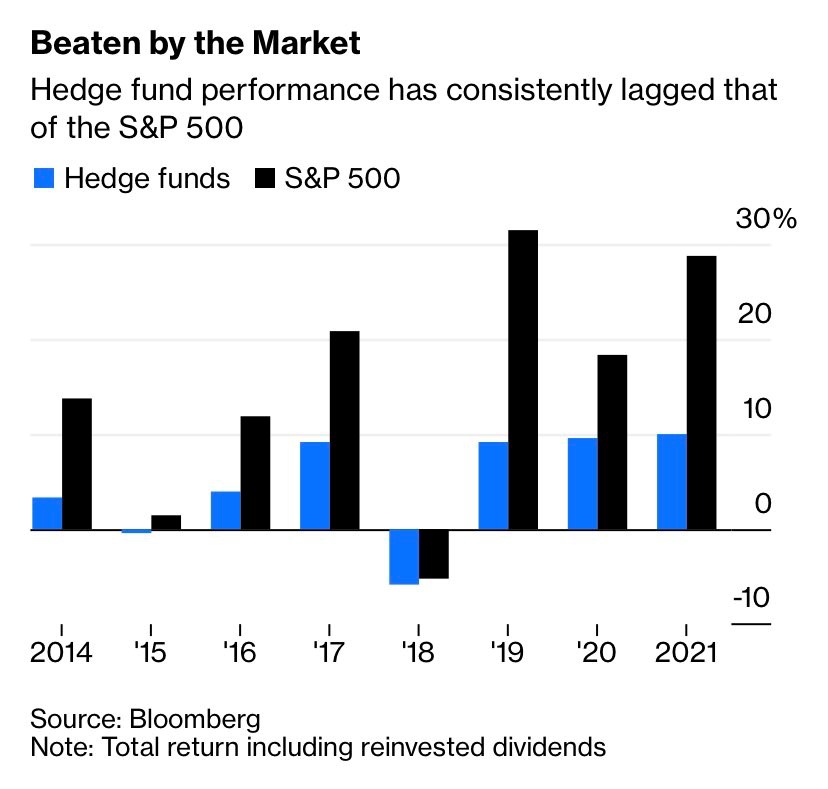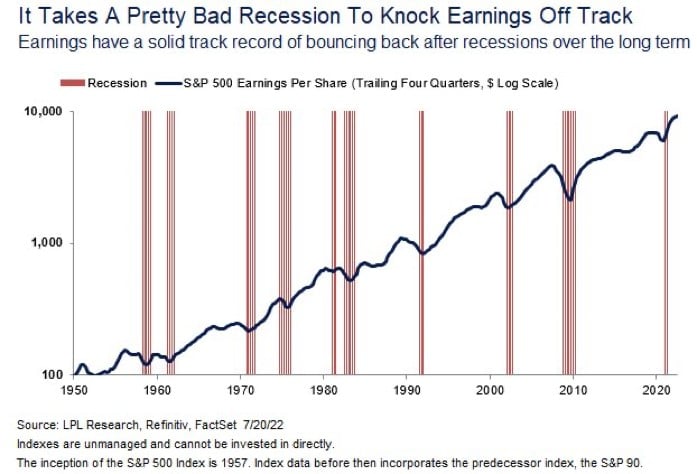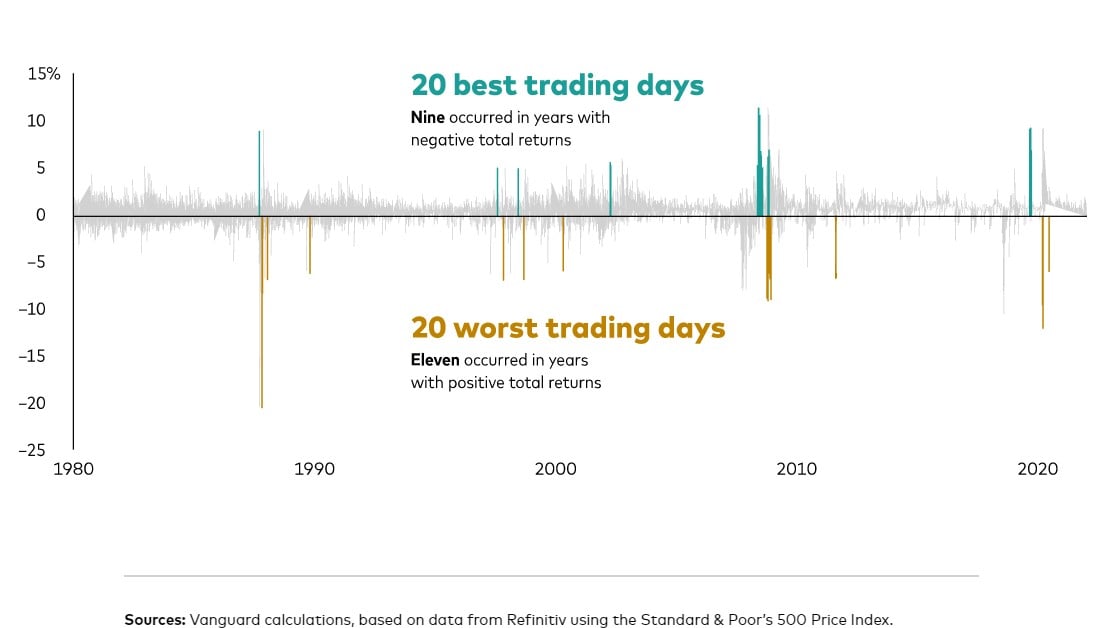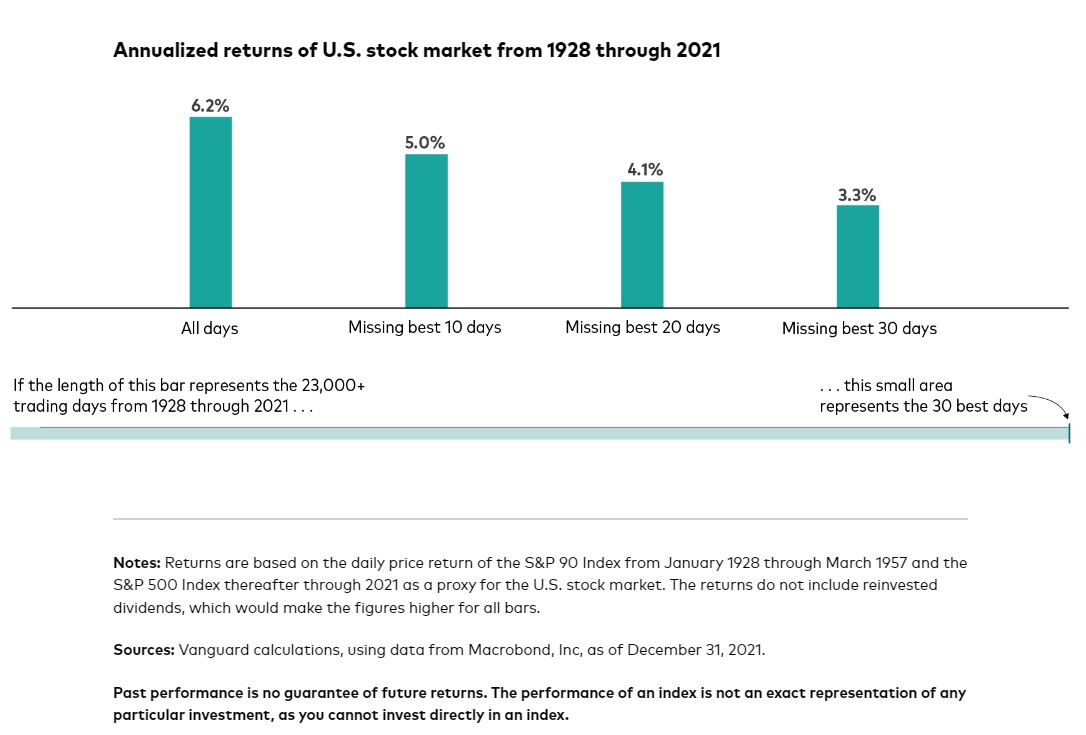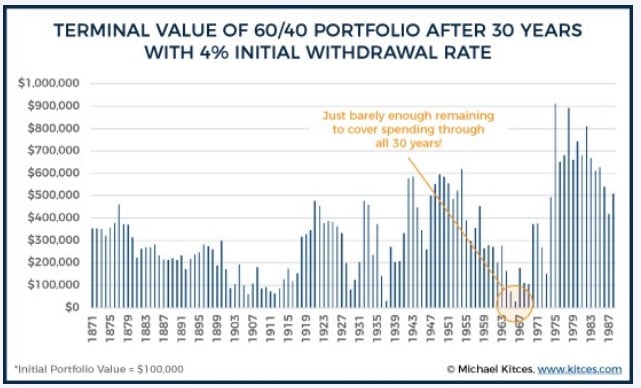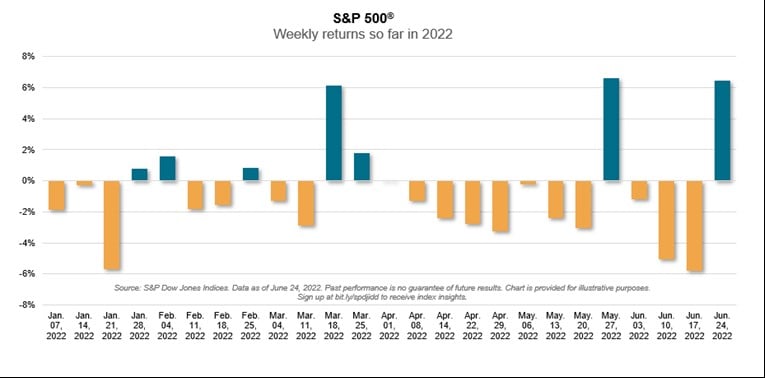Seven Steps to Manage Your Retirement
You made it to retirement! Now what?
How do you plan to pay all the expenses you’ll have for the rest of your life? This can be a daunting task. Many retirees simply open their monthly statements, check the balance, and hope that it’s enough. Hope is not a plan. Those with a plan will have better options and more choices regardless of what happens in the next twenty or thirty years. The outcome will be impacted by many known and unknown variables between the beginning and end. An effective retirement plan will require some time, effort, optimism, and a realistic view of the future. Most importantly, you’ll need to stick to the plan to make it effective and be prepared to adjust along the way. So, where to begin?




